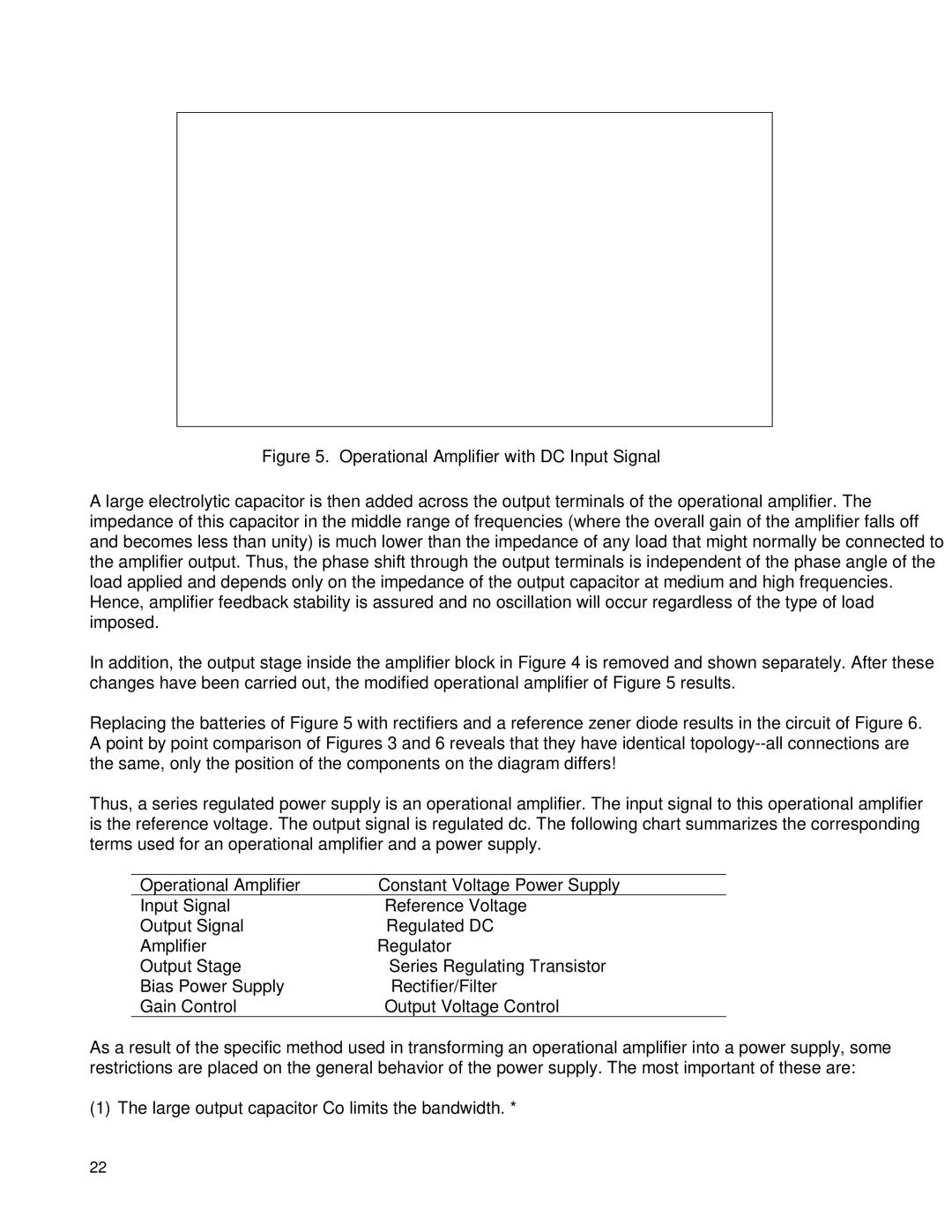
Figure 5. Operational Amplifier with DC Input Signal
A large electrolytic capacitor is then added across the output terminals of the operational amplifier. The impedance of this capacitor in the middle range of frequencies (where the overall gain of the amplifier falls off and becomes less than unity) is much lower than the impedance of any load that might normally be connected to the amplifier output. Thus, the phase shift through the output terminals is independent of the phase angle of the load applied and depends only on the impedance of the output capacitor at medium and high frequencies. Hence, amplifier feedback stability is assured and no oscillation will occur regardless of the type of load imposed.
In addition, the output stage inside the amplifier block in Figure 4 is removed and shown separately. After these changes have been carried out, the modified operational amplifier of Figure 5 results.
Replacing the batteries of Figure 5 with rectifiers and a reference zener diode results in the circuit of Figure 6. A point by point comparison of Figures 3 and 6 reveals that they have identical
Thus, a series regulated power supply is an operational amplifier. The input signal to this operational amplifier is the reference voltage. The output signal is regulated dc. The following chart summarizes the corresponding terms used for an operational amplifier and a power supply.
Operational Amplifier | Constant Voltage Power Supply |
Input Signal | Reference Voltage |
Output Signal | Regulated DC |
Amplifier | Regulator |
Output Stage | Series Regulating Transistor |
Bias Power Supply | Rectifier/Filter |
Gain Control | Output Voltage Control |
As a result of the specific method used in transforming an operational amplifier into a power supply, some restrictions are placed on the general behavior of the power supply. The most important of these are:
(1) The large output capacitor Co limits the bandwidth. *
22
